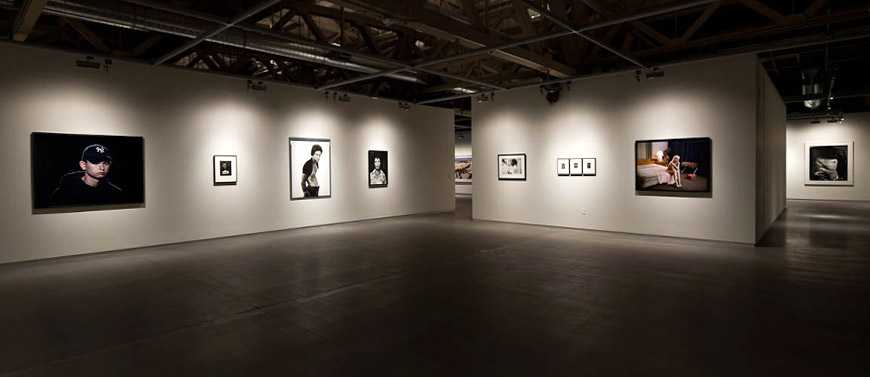 Today I have two views to share on art happenings I’ve experienced over the last 24 hours and a piece of news. First the views:
Today I have two views to share on art happenings I’ve experienced over the last 24 hours and a piece of news. First the views:
1. The quality that I appreciated the most about Next to Normal, Tom Kitt and Brian Torkey’s histrionic musical about a family’s struggle to cope with the mental breakdown of one of its members – wife and mother, Diana – was the vocal contrast between two of the performers, Alice Ripley as the troubled Diana and Asa Somers as her long-suffering, gentle husband, Dan. Ripley’s voice is not what you would call lovely. The performer sings with a honking burr that would turn off any classical technique-focused vocal pedagogue. Her notes are often just a tiny bit flat and her vowels are way off. For example, when other performers on stage sing ‘eh’, as in “fetch”, she sings “ih” as in “fitch.” Her crucified tones make her sound like a cross between Marianne Faithfull and and a donkey. Yet the effect of this voice is mesmerizing. It is so full of pain and passion. The character’s mental state is captured entirely by the quality of Ripley’s voice. At the other end of the spectrum is Asa Somers, who plays Diana’s mild-mannered spouse with a tenor that is as clear, ringing and pure as a choirboy’s. It’s unusual to hear a male singer in an American musical perform with such a smooth and straightforward tone. Somers keeps his vibrato in check. The nasal quality that is so often the bedrock of musical theatre vocal timber is completely absent from his delivery. The voice perfectly communicates the essence of Somers’ character — his patience, love and restraint. The contrast in quality between these two voices is what makes Next to Normal tolerable. Otherwise, the show, though interesting for its unapologetic look at family dynamics, left me cold.
2. I attended an exhibition of photographic works from the collection of Randi and Bob Fisher today at Pier 24, a gallery space on the San Francisco waterfront which opened a year ago or so but which I only visited for the first time today. The collection is formidable, featuring iconic and lesser known but captivating photographs by the likes of Man Ray, Lee Friedlander Andreas Gursky, William Eggleston, Robert Frank, Walker Evans, Diane Arbus, Helen Levitt and others. What interested me the most, however, on this my first visit to the cavernous exhibition halls, was the balance between feeling irritated and entranced by the experience. On the one hand, I was annoyed by the lack of user-friendly information about the art on display provided by the organization. The artworks are the only things that adorn the plain grey gallery walls. There are no explanatory texts or even tags by the photographs denoting titles, artists’ names and the other usual information you’d expect to read. Unless you’re a photography expert, you’re completely at the mercy of a confusingly organized “guide book” provided at the front desk, which comes with a map on page 3 that is not very helpful. On the other hand, the pleasure of experiencing so much great work unmediated is wonderful. My eyes tend to be drawn to texts when I’m in a museum and I often find myself spending as much time reading descriptions of the works on display as I do looking at the works themselves. There’s something very immediate about being forced to focus entirely on the photographs in the gallery. Also, having to book ahead to visit the gallery adds a sense of occasion to experiencing Pier 24. Numbers are limited so you have space to walk around quietly and can pause in front of a single work for as long as you like without risking being elbowed out of the way. Finally, you can’t beat the fact that the gallery is free to visitors.
Finally, for my news: I am going to be starting a regular arts criticism gig for The Bay Citizen the week after next. Look for my reviews of a wide array of local arts happenings on the publication’s website every other week. I will continue to write my column for The New York Times (and Bay Citizen) on alternate weeks as usual.

 On Friday, at an interior design showcase benefitting a bunch of LA-based arts organizations and education programs which took place at a soon-to-be-renovated, bulbous mansion in Pasadena, I found myself chatting with a woman who is part of the core committee that organizes the event and others like it and then funnels off the funds raised to the non-profit groups supported by her team’s endeavors.
On Friday, at an interior design showcase benefitting a bunch of LA-based arts organizations and education programs which took place at a soon-to-be-renovated, bulbous mansion in Pasadena, I found myself chatting with a woman who is part of the core committee that organizes the event and others like it and then funnels off the funds raised to the non-profit groups supported by her team’s endeavors.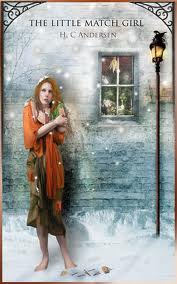 While driving to Los Angeles and back this past weekend, I had a good long think about how best to leverage my limited resources to get the most out of social media.
While driving to Los Angeles and back this past weekend, I had a good long think about how best to leverage my limited resources to get the most out of social media.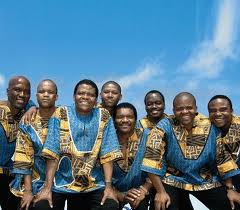 I wasn’t expecting to feel so discombobulated by the
I wasn’t expecting to feel so discombobulated by the 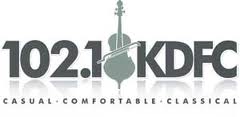 The big news in the US classical music radio world today is that the Bay Area’s only classical music radio station,
The big news in the US classical music radio world today is that the Bay Area’s only classical music radio station, 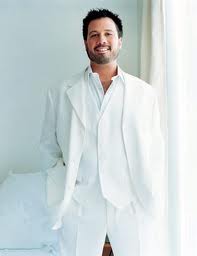 A conversation with my friend Laetitia following the countertenor
A conversation with my friend Laetitia following the countertenor 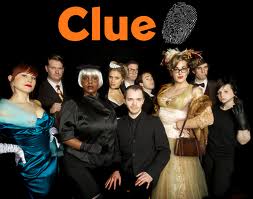 A genre of theatre that seems to be very popular in the Bay Area is plays that are based on movies. From Hush Up Sweet Charlotte (a drag take starring Varla Jean Merman on the 1960s Bette Davis thriller Hush…Hush, Sweet Charlotte) to Point Break Live! (a show relying on heavy audience participation based on the 1991 Keanu Reeves surf action movie), local audiences have relished the fun of seeing their favorite cult screen kitsch transformed into stage madness.
A genre of theatre that seems to be very popular in the Bay Area is plays that are based on movies. From Hush Up Sweet Charlotte (a drag take starring Varla Jean Merman on the 1960s Bette Davis thriller Hush…Hush, Sweet Charlotte) to Point Break Live! (a show relying on heavy audience participation based on the 1991 Keanu Reeves surf action movie), local audiences have relished the fun of seeing their favorite cult screen kitsch transformed into stage madness.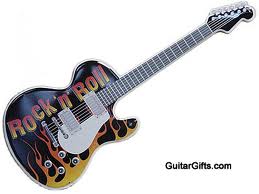 The Guardian published an
The Guardian published an 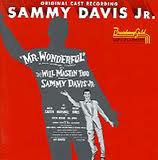 I serve on the panel for an annual theatre award here in the Bay Area — the
I serve on the panel for an annual theatre award here in the Bay Area — the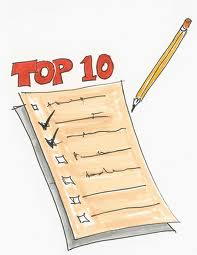 Anthony Tommasini’s
Anthony Tommasini’s